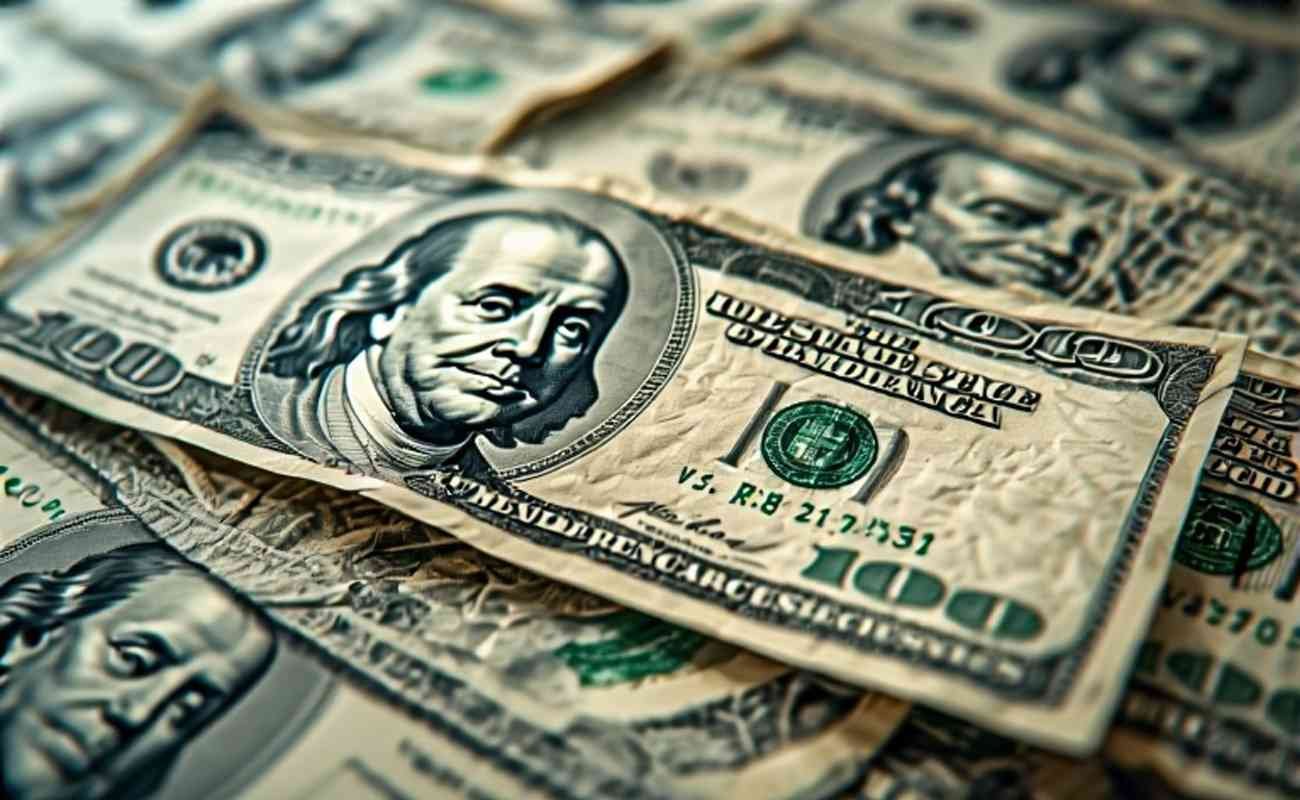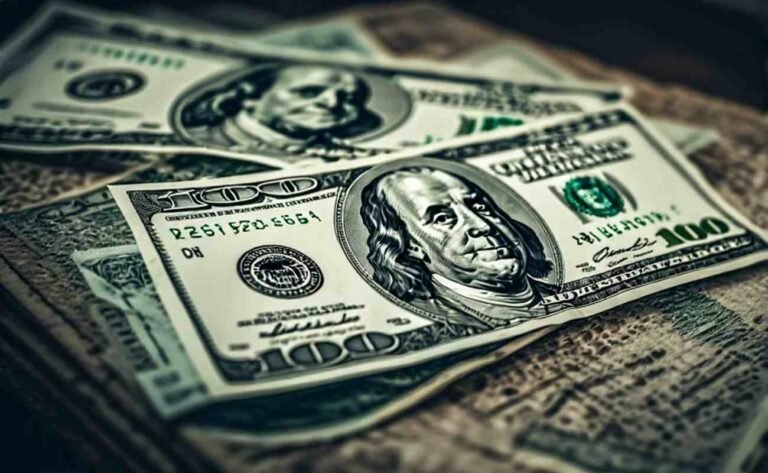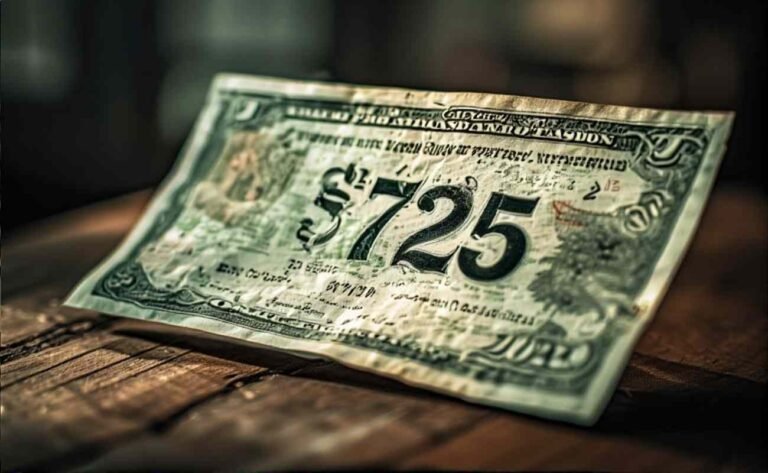$4,983 Direct Deposit July 2025: Your Complete Eligibility and Payment Guide
In July 2025, a rumored $4,983 direct deposit has sparked widespread interest among Americans, particularly low-income individuals and families seeking financial relief. This payment, discussed across platforms like X, is said to target specific groups to ease economic burdens. However, details remain speculative, and no official government announcement has confirmed this stimulus. This comprehensive guide explores eligibility, payment schedules, application processes, and more, ensuring you have all the information needed to understand this potential financial aid.
This article dives into the specifics of the $4,983 direct deposit for July 2025, addressing who qualifies, how to apply, and what to expect. Whether you’re a senior, a low-income earner, or simply curious, this guide is your go-to resource for understanding this payment.
What Is the $4,983 Direct Deposit July 2025?
The $4,983 direct deposit refers to a potential stimulus payment circulating in online discussions, particularly on X, aimed at supporting low-income individuals in 2025. While no federal program has officially confirmed this amount, posts suggest it could be part of a targeted relief effort to address rising living costs. Unlike previous stimulus checks, this payment may focus on specific demographics, such as seniors, disabled individuals, or low-income households. Below, we break down the key aspects of this rumored payment.
Key Details of the $4,983 Direct Deposit
| Aspect | Details |
|---|---|
| Payment Amount | $4,983 (speculative, based on online discussions) |
| Target Audience | Low-income individuals, seniors, disabled persons, or specific groups |
| Payment Method | Direct deposit to eligible bank accounts |
| Expected Date | July 2025 (unconfirmed, based on circulating rumors) |
| Program Status | Unverified; no official government announcement as of July 29, 2025 |
Note: Always verify information with official sources like the IRS or SSA, as rumors on platforms like X can be misleading.
Who Qualifies for the $4,983 Direct Deposit in July 2025?
Eligibility for the $4,983 direct deposit remains unconfirmed, but based on patterns from previous stimulus programs, certain groups are likely prioritized. Here’s a detailed list of potential beneficiaries:
- Low-Income Individuals: Those earning below a specific income threshold, possibly $30,000 annually for singles or $60,000 for joint filers.
- Seniors: Individuals aged 65 or older, particularly those enrolled in Social Security or Supplemental Security Income (SSI).
- Disabled Persons: Recipients of Social Security Disability Insurance (SSDI) or similar benefits.
- Families with Dependents: Households with children or other qualifying dependents.
- Veterans: Those receiving VA benefits may be included, based on past stimulus trends.
Eligibility Criteria Breakdown
| Category | Potential Requirements |
|---|---|
| Income Level | Below $30,000 (single) or $60,000 (joint) |
| Age | 65+ for seniors; no age limit for other categories |
| Tax Filing Status | Must have filed 2023 or 2024 taxes or be a non-filer with SSA |
| Residency | U.S. citizen or resident alien with a valid Social Security Number |
| Program Enrollment | Enrolled in SSI, SSDI, Social Security, or VA benefits |
To check your eligibility for similar payments, visit the IRS website for updates on stimulus programs.
How to Apply for the $4,983 Direct Deposit
Since the $4,983 direct deposit is speculative, no official application process exists as of now. However, based on past stimulus programs, here’s how you might prepare:
- Update Your Information:
- Ensure your bank details are current with the IRS or SSA.
- Use the IRS’s online portal or SSA’s My Social Security account to verify your details.
- File Your Taxes:
- Submit your 2024 tax return promptly to establish eligibility.
- Non-filers may need to register through the IRS Non-Filer tool.
- Monitor Official Announcements:
- Check IRS.gov or SSA.gov for updates on new stimulus programs.
- Avoid relying solely on social media posts, as misinformation is common.
- Set Up Direct Deposit:
- Provide accurate banking information to avoid delays in receiving payments.
- Use the IRS Get My Payment tool (if reactivated) to track status.
Tip: For guidance on similar payments, check our $3,000 IRS Refund July 2025 Guide for tips on managing tax-related benefits.
Payment Schedule for the $4,983 Direct Deposit
While no confirmed schedule exists for the July 2025 direct deposit, we can speculate based on historical stimulus rollouts. Payments are typically distributed in phases, prioritizing groups like Social Security recipients. Here’s a hypothetical schedule:
| Group | Estimated Payment Date |
|---|---|
| SSI/SSDI Recipients | Early July 2025 |
| Social Security Recipients | Mid-July 2025 |
| Tax Filers (Direct Deposit) | Late July 2025 |
| Non-Filers | August 2025 |
Factors Affecting Payment Timing
- Bank Processing: Direct deposits are faster than paper checks, often arriving within 1–2 business days.
- Verification Delays: Incomplete or outdated information can push payments to later cycles.
- Program Rollout: Large-scale stimulus programs may stagger payments over weeks.
Common Questions About the $4,983 Direct Deposit
1. Is the $4,983 Direct Deposit Real?
As of July 29, 2025, no official confirmation exists from the IRS, SSA, or other federal agencies. Discussions on X suggest it’s aimed at low-income groups, but always verify with trusted sources.
2. Will I Need to Pay Taxes on This Payment?
Most stimulus payments, like previous COVID-19 relief checks, are non-taxable. However, consult a tax professional to confirm based on your income and filing status.
3. What If I Don’t Have a Bank Account?
If direct deposit isn’t an option, you may receive a paper check or a prepaid debit card, as seen in past programs.
4. Can Non-Filers Receive the Payment?
Yes, non-filers enrolled in programs like SSI or SSDI are often automatically eligible, but you may need to submit a simplified return via the IRS Non-Filer tool.
Potential Benefits of the $4,983 Direct Deposit
This payment could provide significant relief for eligible recipients. Here’s how it might help:
- Financial Relief: Covers essentials like rent, groceries, or medical expenses.
- Economic Boost: Stimulates local economies as recipients spend on goods and services.
- Support for Vulnerable Groups: Assists seniors, disabled individuals, and low-income families facing inflation.
Comparison with Other 2025 Stimulus Programs
| Program | Amount | Target Group | Status |
|---|---|---|---|
| $4,983 Direct Deposit | $4,983 | Low-income, seniors, disabled | Unconfirmed |
| $1,390 Stimulus Check | $1,390 | General population | Proposed |
| Alaska PFD | Varies | Alaska residents | Confirmed |
For more details on other stimulus options, explore our $1,390 Stimulus Check 2025 Guide.
How to Avoid Scams Related to the $4,983 Direct Deposit
With rumors circulating, scammers may exploit the hype. Protect yourself with these tips:
- Verify Sources: Only trust information from IRS.gov, SSA.gov, or other official sites.
- Avoid Sharing Personal Information: Never provide SSN or bank details to unverified callers or websites.
- Report Suspicious Activity: Use the IRS’s scam reporting tool to flag fraudulent schemes.
- Be Wary of Fees: Legitimate stimulus payments don’t require upfront payments or fees.
What to Do If You Don’t Receive the Payment
If you’re eligible but don’t receive the $4,983 direct deposit, take these steps:
- Check Your Status: Use the IRS Get My Payment tool (if available) to track your payment.
- Update Your Information: Ensure your bank details and address are correct with the IRS or SSA.
- Contact Support: Reach out to the IRS at 1-800-829-1040 or your local SSA office.
- File a Claim: If the payment is delayed or missing, you may need to file a Payment Trace with the IRS.
Historical Context: Previous Stimulus Payments
To understand the $4,983 direct deposit, let’s look at past stimulus efforts:
- 2020 CARES Act: Provided $1,200 per adult and $500 per child to most Americans.
- 2021 American Rescue Plan: Delivered $1,400 per person, targeting lower-income households.
- State-Level Relief: Programs like New York’s $400 Inflation Relief Check show localized efforts.
These programs set a precedent for targeted relief, suggesting the $4,983 payment could follow a similar model.
Why This Payment Matters in 2025
With inflation and living costs rising, a $4,983 direct deposit could be a lifeline for many. For example, a single mother I know struggled to cover childcare costs last year; a payment like this could ease such burdens. By focusing on low-income groups, this initiative (if real) aligns with broader efforts to address economic inequality.
Economic Impact of Stimulus Payments
| Impact Area | Effect |
|---|---|
| Household Spending | Increases disposable income for essentials |
| Local Businesses | Boosts revenue as recipients spend locally |
| Economic Recovery | Stimulates demand, supporting national economic growth |
Final Thoughts on the $4,983 Direct Deposit July 2025
The $4,983 direct deposit for July 2025 remains unconfirmed, but its potential to support low-income individuals, seniors, and disabled persons makes it a topic worth exploring. By staying informed through official channels and preparing your financial information, you can position yourself to benefit if this payment materializes. Keep an eye on trusted sources, and don’t fall for scams promising quick cash.
For more insights on stimulus programs, visit SSA.gov or check our related guides for updates on 2025 relief efforts.
S







